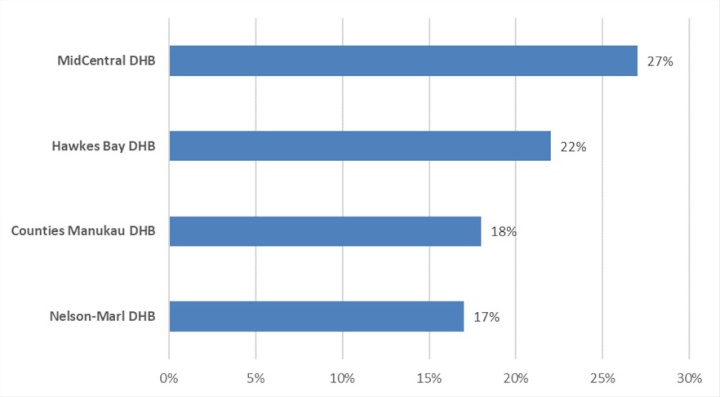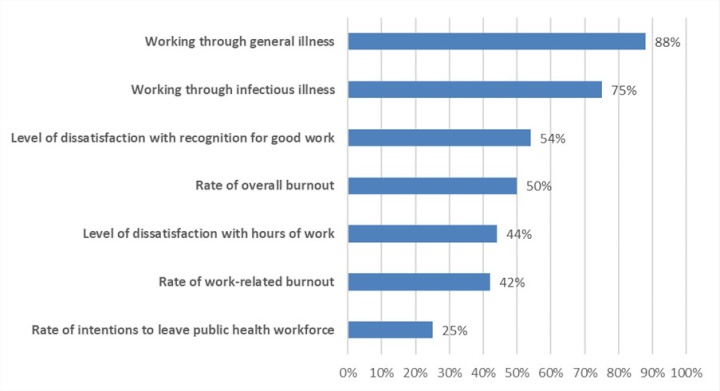A missed opportunity to address workforce crisis
Health Minister’s Letter of expectations to health bosses a missed opportunity to address workforce crisis
“The Health Minister has given hospital bosses a clear signal about the Government’s health priorities but has missed an opportunity to focus on one of the main ways to achieve those priorities – the specialist workforce in our public hospitals,” says Ian Powell, Executive Director of the Association of Salaried Medical Specialists (ASMS).
He was commenting on Health Minister David Clark’s first annual letter of expectations to the chairs of the country’s 20 district health boards and their subsidiary entities for the 2018/19 year (https://www.asms.org.nz/wp-content/uploads/2018/05/Letter-of-expectations-for-District-Health-Boards-and-Subsidiary-Entities-for-2018-19.pdf).
Mr Powell says while senior doctors support the general tone of the letter, overall it is disappointing.
“We welcome the Government’s intention to focus on primary care, mental health, public delivery of health services, and improved equity in health outcomes. These are all worthwhile. The focus on public delivery of health services especially represents a significant change in approach from the previous government.
“This clear signal on public delivery will strengthen hospital specialists’ confidence in the Government’s commitment to public hospitals who have been under threat of privatisation. It sends a strong message to would-be privatisers such as Taranaki DHB, which is trying to pressure the Health Minister to support its attempt to privatise its hospital laboratory not to go down this ideological and financially irresponsible path.”
However, Mr Powell says the letter of expectations does not require DHBs to address the precarious situation of their specialist workforce.
“This is a significant oversight by the Minister as senior doctors and dentists are a stressed and stretched workforce, and they have been shouldering the burden of an under-resourced public health system for years to the detriment of their own health.”
ASMS research shows high levels of burnout (50%) among hospital specialists (https://www.asms.org.nz/news/asms-news/2016/08/12/burnout-rife-among-senior-doctors-dentists-working-public-hospitals/), along with presenteeism, including working while infectious (https://www.asms.org.nz/news/asms-news/2015/11/19/superheroes-dont-take-sick-leave-presenteeism-in-the-senior-medical-workforce/) and with 25% of specialists surveyed intending to leave DHB employment in the next five years (https://www.asms.org.nz/wp-content/uploads/2017/07/Future-intentions-of-the-New-Zealand-DHB-based-senior-medical-workforce_168309.4.pdf).
ASMS drew these issues to the Health Minister’s attention in its Briefing to the Incoming Minister in October last year (https://www.asms.org.nz/wp-content/uploads/2017/11/BIM-2017_168920.6.pdf). These are highlighted in the following two graphs in the ASMS BIM.
Estimated staffing shortfall at
selected DHBs:
Indicators of the health
and wellbeing of the senior medical
workforce:


 Gordon Campbell: On The Hikoi Aftermath
Gordon Campbell: On The Hikoi Aftermath Helen Clark Foundation: Helen Clark Foundation Calls For Political Action To Reduce The Prevalence Of Junk Food And Improve Health Outcomes
Helen Clark Foundation: Helen Clark Foundation Calls For Political Action To Reduce The Prevalence Of Junk Food And Improve Health Outcomes Justice Committee: Further Decisions About Submissions Process For The Principles Of The Treaty Of Waitangi Bill
Justice Committee: Further Decisions About Submissions Process For The Principles Of The Treaty Of Waitangi Bill Infrastructure New Zealand: Single Agency Needed To Coordinate Climate Adaptation And Recovery
Infrastructure New Zealand: Single Agency Needed To Coordinate Climate Adaptation And Recovery Free Speech Union: Fair Digital News Bargaining Bill Likely To Restrict Access To Information, Polling Shows Most Oppose
Free Speech Union: Fair Digital News Bargaining Bill Likely To Restrict Access To Information, Polling Shows Most Oppose Auckland Transport: Driver Safety Screens Now Rolling Out Across Auckland’s Bus Fleet
Auckland Transport: Driver Safety Screens Now Rolling Out Across Auckland’s Bus Fleet People Against Prisons Aotearoa: 'Expect Resistance' - Community Group Pushes Back Against More Cops With Guns
People Against Prisons Aotearoa: 'Expect Resistance' - Community Group Pushes Back Against More Cops With Guns


